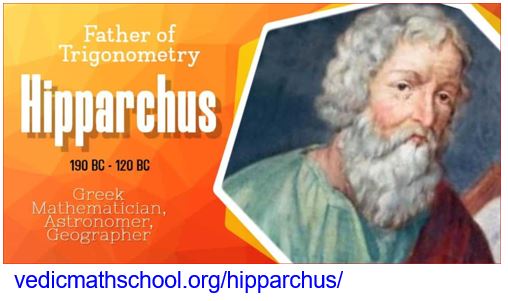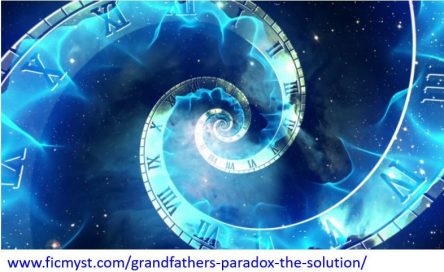
The precession objection is the most compelling of the above astronomical refutations to the possibility of a historical time insertion. So I will devote some posts to its examination.
The objection is essential, so I will repeat it:
“If history were about 2.5 centuries shorter, there would have been about 3 degrees less angular rotation because the angular velocity of precession is constant to an excellent approximation. Three degrees would be too much of an error even for old historical measurements, ”
As told, it is almost a paradox!
Namely, we must assume that only the years of the Roman era are shifted back in time, while the AD years of Hipparchus’ lifetime should be considered correct. In other words, we should find an astronomical solution to solve this contradictory situation.
Familiarity with some elements of astronomy is essential in this part, so I am serving the description in several smaller “portions” in the hope that it will be more “digestible”.
First, I will briefly explain the essence of precession because, in my experience, relatively few people are well informed on the subject.
Since ancient times, astronomers have been able to determine the time and celestial position of Vernal Equinox (VEQ) and Autumnal Equinox (AEQ), the astronomical date and celestial points in the sky with sufficient accuracy.
The VEQ and AEQ points are the intersections of two well-known “virtual orbital curves”. They are the intersection points of the Sun’s elliptic orbit (as seen from the Earth in the ecliptic plane) and the celestial equator (the projection of the Earth’s equator onto the sky in the Earth’s equatorial plane).
Ancient astronomers considered these points of intersection, which are almost opposite each other in the sky, as fixed. They usually determined the position of planets, stars and constellations, the celestial coordinates of the latter, relative to the AEQ or VEQ point.
Hipparchus (Greek: Hipparchcos; BC190-BC120), the great ancient Greek mathematician-geographer-astronomer, is credited with the first description of the astronomical fact that the position of AEQ and VEQ in the sky relative to the fixed stars is not constant. According to many researchers, this phenomenon had been known before, for example, in Babylonia, but was generally neglected.
Hipparchus recognised that (according to the geocentric model) it is not only the Sun and the stars that orbit the Earth. For the observer on Earth, the celestial coordinates of the VEQ and AEQ points change relative to the virtually stable position of the fixed stars.

Both points wander around the ecliptic over a very long period, roughly 25.920 years. It is a motion alongside the constellations observable near the ecliptic plane but in the opposite direction to the celestial motion of the Sun. (The round 25.920 years cycle time is usually used, but the calculations and measurements differ slightly from this rounded value)
This phenomenon is called the precession of equinoxes, short precession.
Precession is the third form of Earth’s movement, besides the rotation of the Earth around its own axis and its orbit around the Sun.
We can say that the Earth’s axis, seen from the north but from a very great distance, rotates (like the axis of a spinning top) from east to west around the north pole of the ecliptic in about 25.920 years. During this time, the Earth’s axis of rotation slowly aligns with different stars. Currently, we see the North Pole Star (Polaris) near the extension of the Earth’s axis of rotation. This was not the case in the past and will not be the case in the distant future. So, in about 13 000 years, Earth’s axis of rotation will be aligned with the brightest star in the constellation Lyra, the fixed star Vega.
CTRL+click here to watch this highly accelerated video!
The phenomenon of precession is also one of the foundations of astrology, as the zodiac signs are the “wandering constellations” visible close to the ecliptic plane. The average time between adjacent zodiacal constellations is 25.920/12 = 2.160 years. The boundaries of the signs are not clearly defined. These years we are moving from the constellation of Pisces to Aquarius.

The above diagram clearly shows the ancient symbol of VEQ, ♈︎. In celestial coordinate systems, the VEQ point has been used as a reference point for a very long time, for as long ago as the VEQ point yet coincided with the starting point of the constellation Aries. In fact, the symbol ♈︎ is a simplified drawing of the “horns of Aries”. And, as I see, it resembles a renewal, an unfolding flower, a branching shoot, too. Because of a similar reason, the symbol of the AEQ point, opposite to the VEQ point resembles a balance ( Ω, underlined Greek omega) and symbolizes the constellation Libra. Both ancient symbols reveal the symmetry of duality.
On both, the VEQ day and the AEQ day of the year, the 24-hour solar day is divided into two equal parts, a 12-hour light day and a 12-hour dark night.
